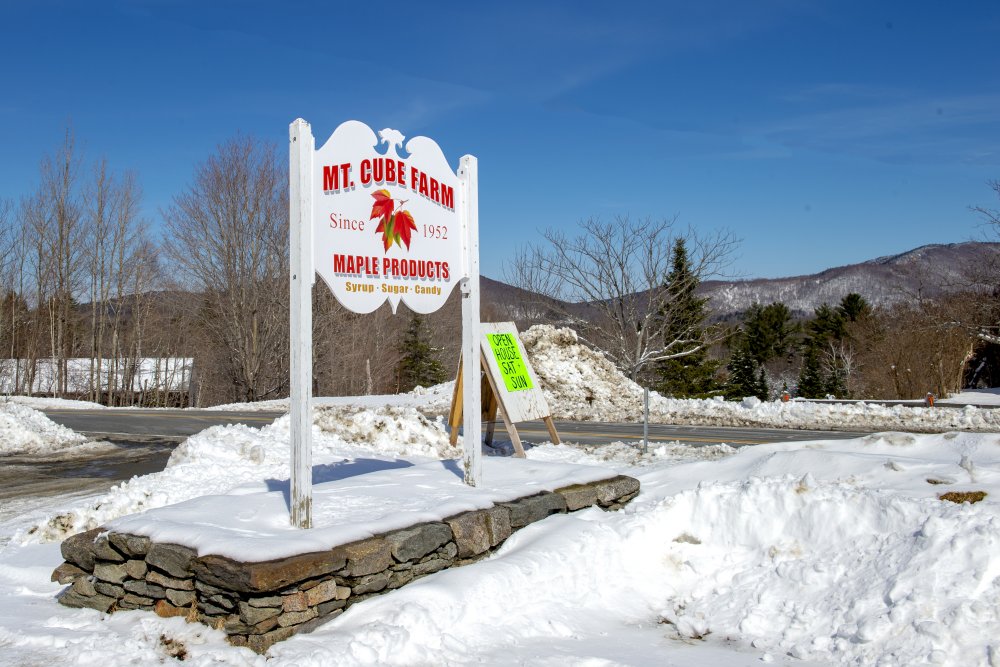
Wes Lavin's 2018 Maple
Sugaring Pictures
Bob Jensen at
Trinity University
My friend Wes Lavin is a better
photographer than me.
Firstly, he has better equipment than me.
Secondly he travels all over New England just to take pictures in different
seasons.
Most of my photographs are closer to home, and I'm not really into photography
Wes in into photography as a retired school teacher
These are some of the many photographs that Wes took
early on in the 2019 sugaring season
The snow is deep and the nights are below freezing --- Perfect for collecting
maple tree sap
The following photographs were taken from various sites on the 2019 travels of
Wes

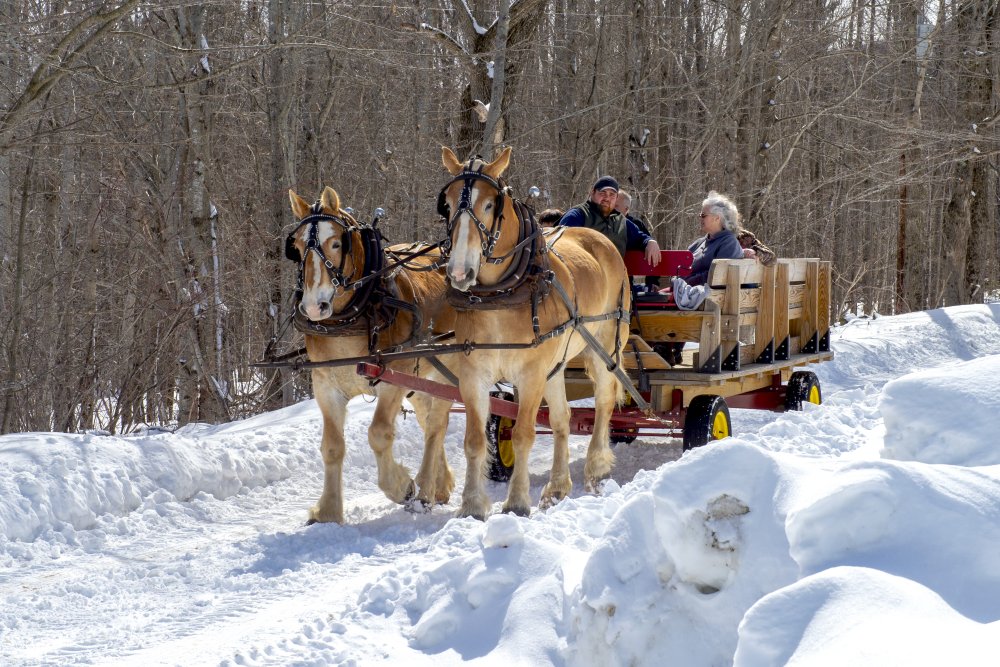
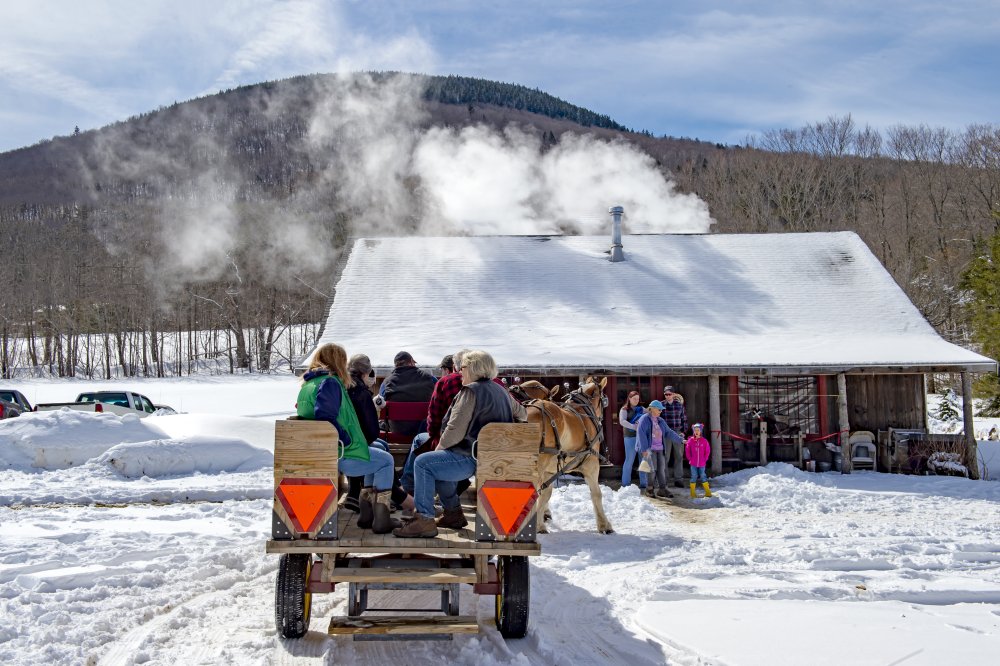
.jpg)
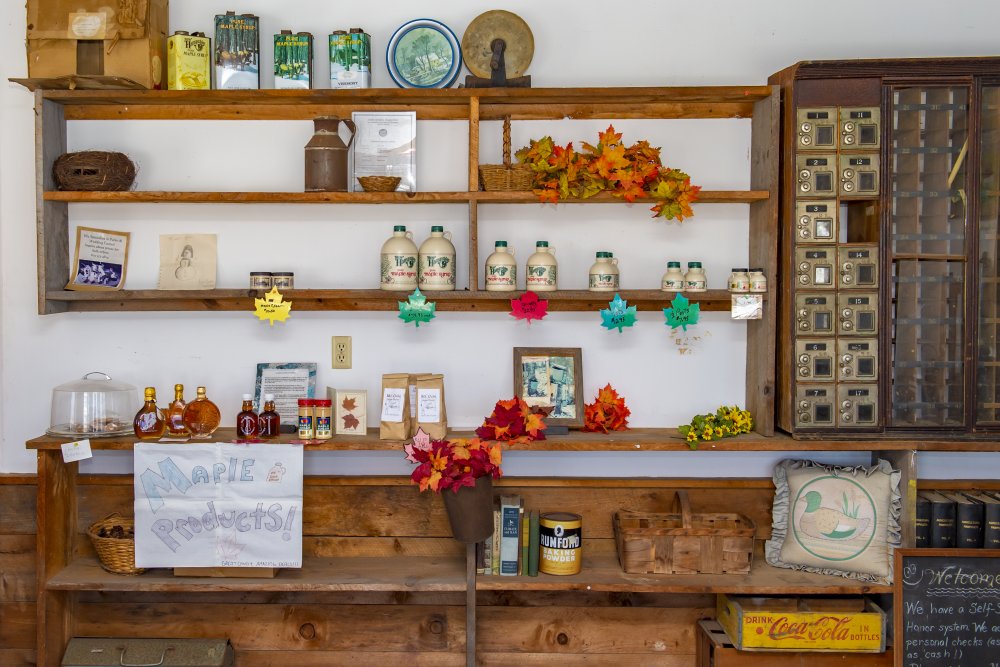
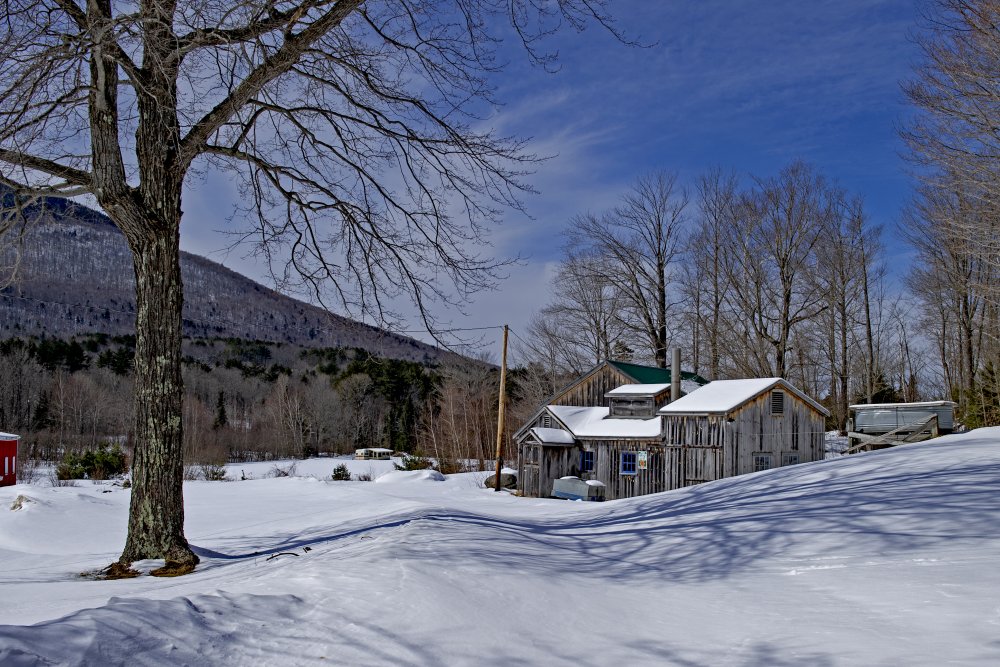
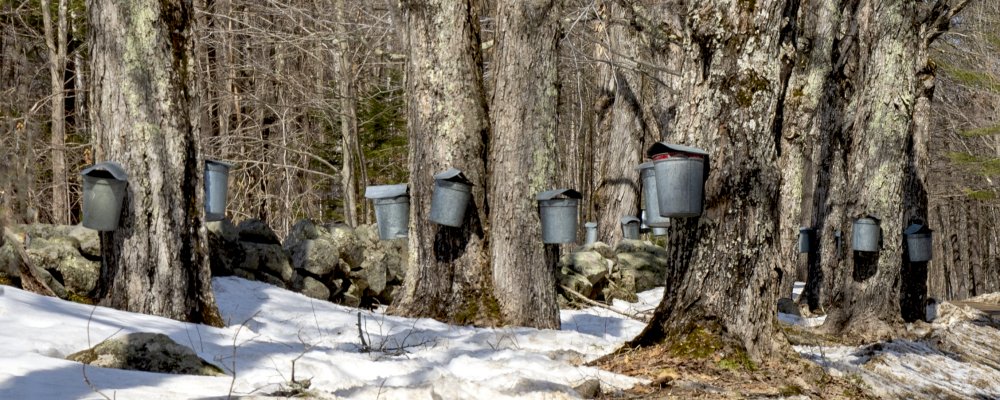
The picture below shows why New Hampshire is famous for its rock fences
These fences arose mostly due to having to clear the rocks from the fields after
the timber was cut
An even bigger task before the age of machines was digging out and burning of
the tree stumps
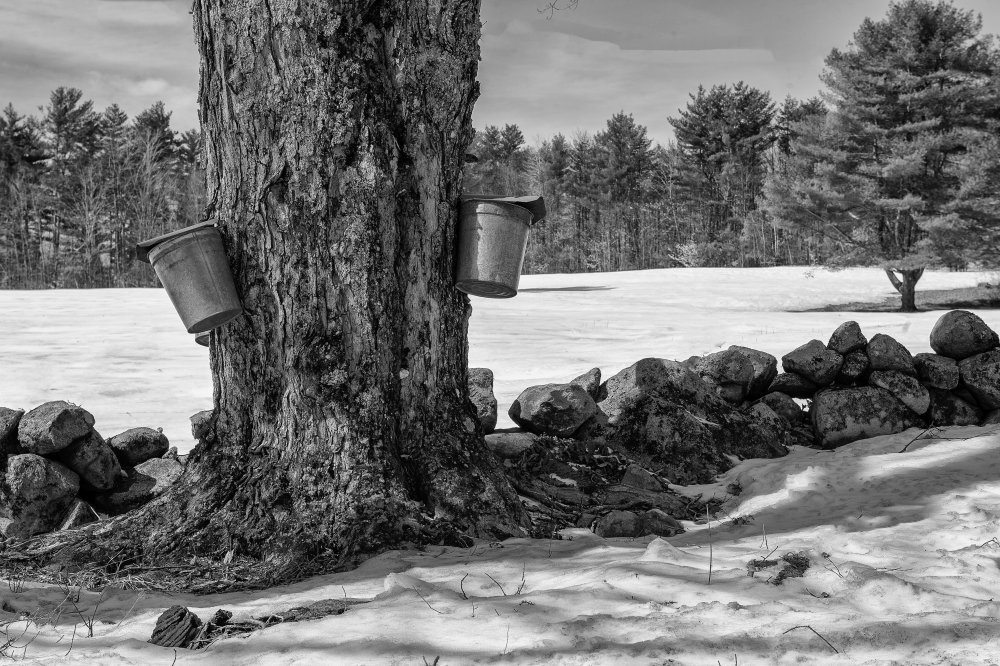
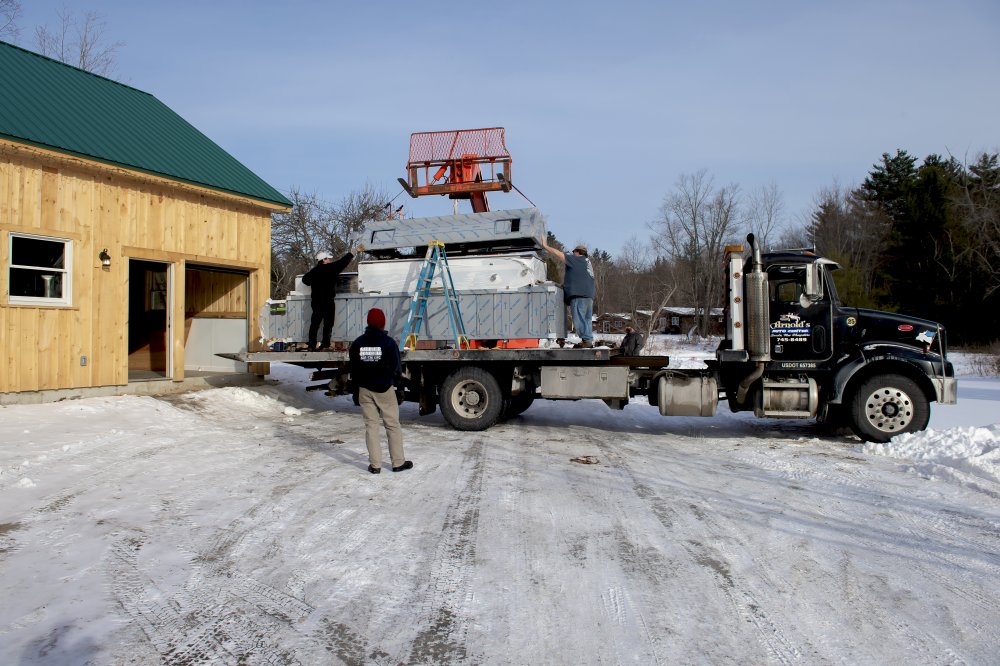
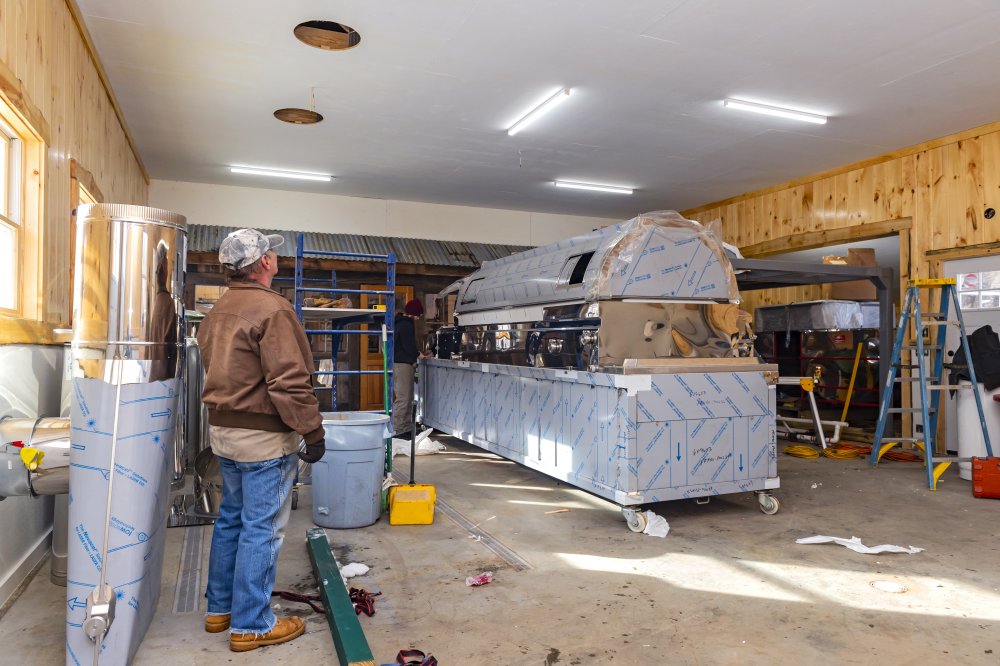
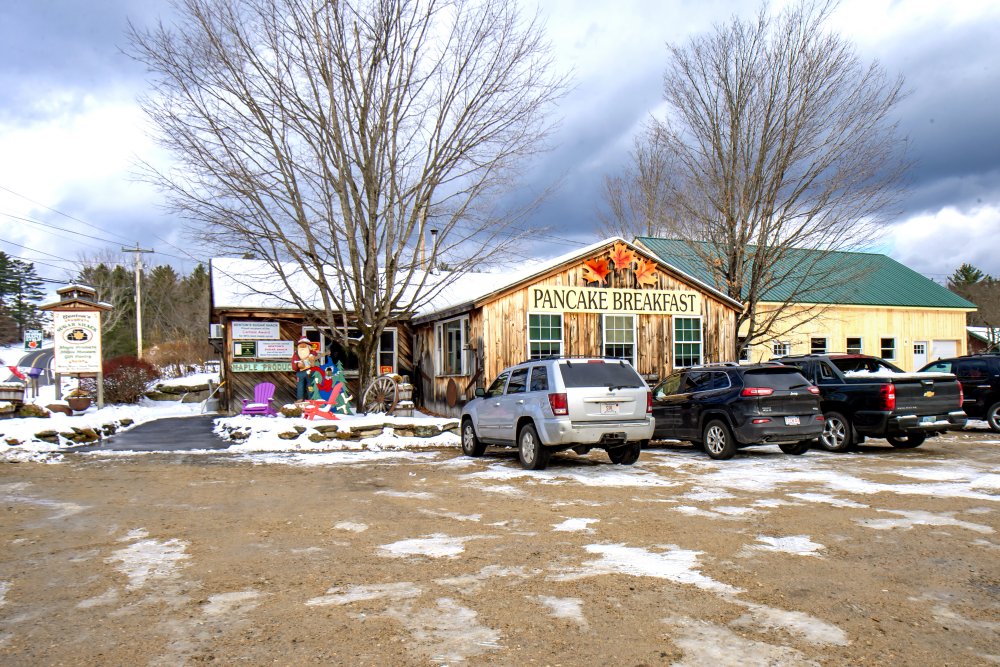
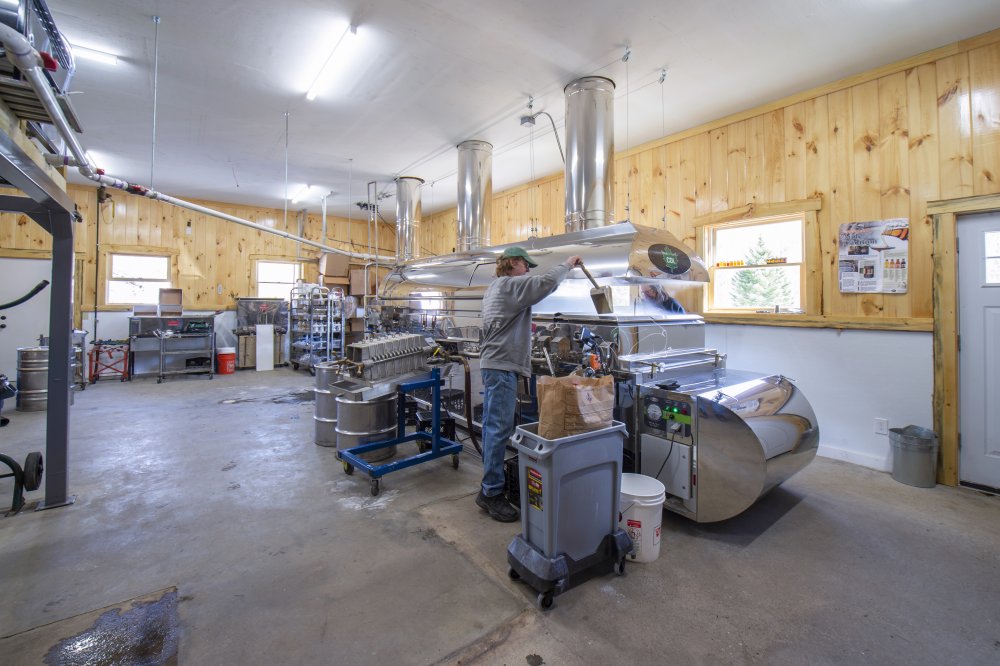
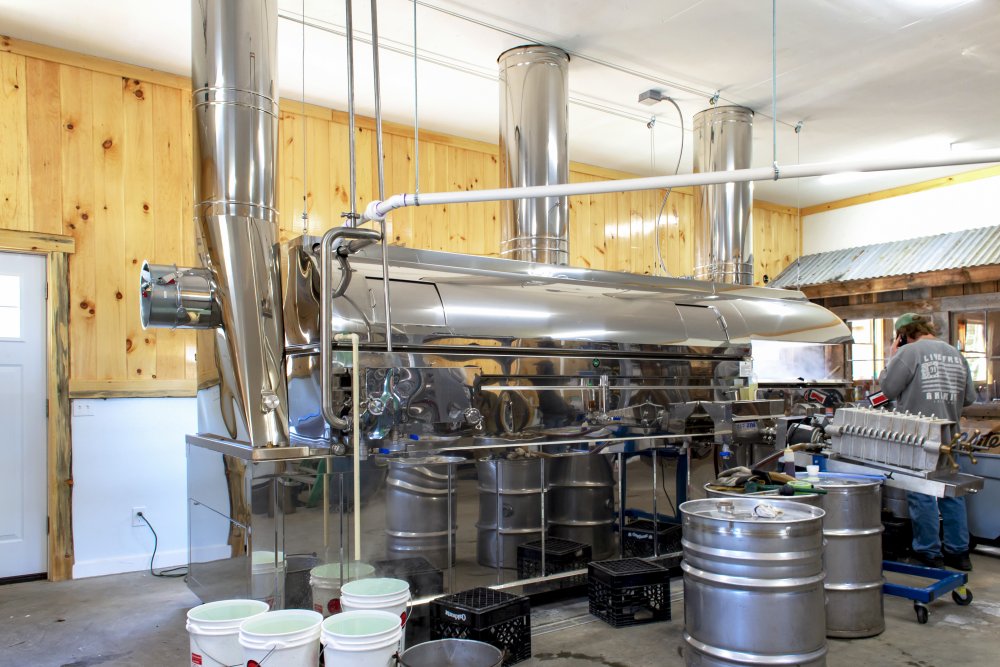
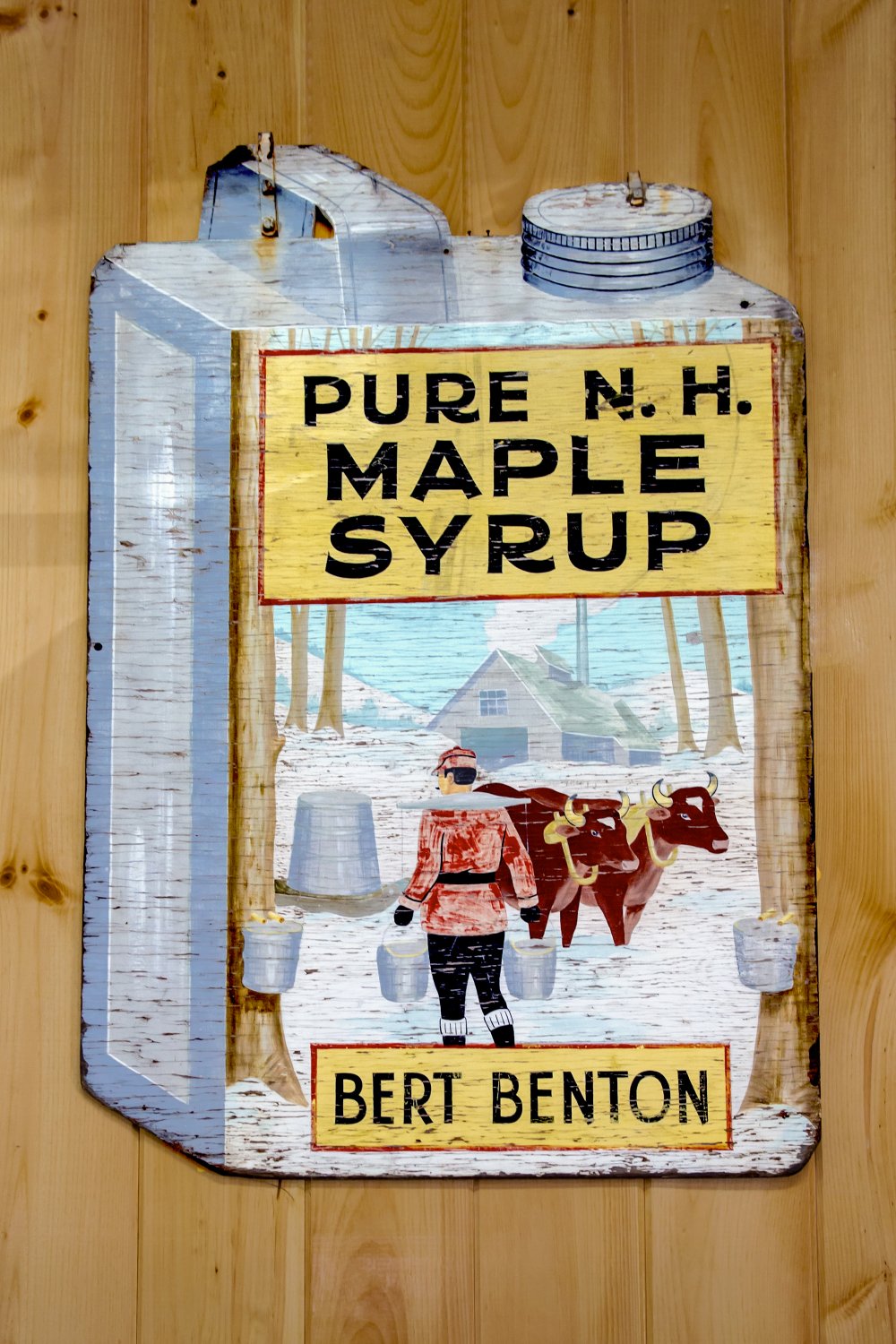
Maple Syrup --- https://en.wikipedia.org/wiki/Maple_syrup
Maple syrup is a syrup usually made from the xylem sap of sugar maple, red maple, or black maple trees, although it can also be made from other maple species. In cold climates, these trees store starch in their trunks and roots before the winter; the starch is then converted to sugar that rises in the sap in late winter and early spring. Maple trees are tapped by drilling holes into their trunks and collecting the exuded sap, which is processed by heating to evaporate much of the water, leaving the concentrated syrup.
Maple syrup was first collected and used by the indigenous peoples of North America, and the practice was adopted by European settlers, who gradually refined production methods. Technological improvements in the 1970s further refined syrup processing. The Canadian province of Quebec is by far the largest producer, responsible for 70 percent of the world's output; Canadian exports of maple syrup in 2016 were C$ 487 million (about US$ 360 million), with Quebec accounting for some 90 percent of this total.[1][2] Vermont is the largest producer in the United States, generating about six percent of the global supply.
Maple syrup is graded according to the Canada, United States, or Vermont scales based on its density and translucency. Sucrose is the most prevalent sugar in maple syrup. In Canada, syrups must be made exclusively from maple sap to qualify as maple syrup and must also be at least 66 percent sugar.[3] In the United States, a syrup must be made almost entirely from maple sap to be labelled as "maple", though states such as Vermont and New York have more restrictive definitions (see below).
Maple syrup is often eaten with pancakes, waffles, French toast, oatmeal or porridge. It is also used as an ingredient in baking and as a sweetener or flavouring agent. Culinary experts have praised its unique flavour, although the chemistry responsible is not fully understood.
. . .
Open pan evaporation methods have been streamlined since colonial days, but remain basically unchanged. Sap must first be collected and boiled down to obtain pure syrup without chemical agents or preservatives. Maple syrup is made by boiling between 20 and 50 volumes of sap (depending on its concentration) over an open fire until 1 volume of syrup is obtained, usually at a temperature 4.1 °C (7.4 °F) over the boiling point of water. As the boiling point of water varies with changes in air pressure the correct value for pure water is determined at the place where the syrup is being produced, each time evaporation is begun and periodically throughout the day.[24][29] Syrup can be boiled entirely over one heat source or can be drawn off into smaller batches and boiled at a more controlled temperature.[30]
Boiling the syrup is a tightly controlled process, which ensures appropriate sugar content. Syrup boiled too long will eventually crystallize, whereas under-boiled syrup will be watery, and will quickly spoil. The finished syrup has a density of 66° on the Brix scale (a hydrometric scale used to measure sugar solutions).[31] The syrup is then filtered to remove sugar sand, crystals made up largely of sugar and calcium malate.[32] These crystals are not toxic, but create a "gritty" texture in the syrup if not filtered out.[33]
In addition to open pan evaporation methods, many large producers use the more fuel efficient reverse osmosis procedure to separate the water from the sap.[34]
The higher the sugar content of the sap, the fewer the gallons of sap are needed to obtain one gallon of syrup. 57 gallons of sap with 1.5 percent sugar content will yield 1 gallon of syrup, but only 25 gallons of sap with a 3.5 percent sugar content are needed to obtain one gallon of syrup.[35] The sap's sugar content is highly variable and will fluctuate even within the same tree.[36]
The filtered syrup is graded and packaged while still hot, usually at a temperature of 82 °C (180 °F) or greater. The containers are turned over after being sealed to sterilize the cap with the hot syrup. Packages can be made of metal, glass, or coated plastic, depending on volume and target market.[37] The syrup can also be heated longer and further processed to create a variety of other maple products, including maple sugar, maple butter or cream, and maple candy or taffy.[38]
The Living Mountain: Pioneering Scottish Mountaineer
and Poet Nan Shepherd’s Forgotten Masterpiece About Our Relationship with Nature
---
https://www.brainpickings.org/2018/03/19/the-living-mountain-nan-shepherd/?utm_source=Brain+Pickings&utm_campaign=bd614b1847-EMAIL_CAMPAIGN_2018_03_23&utm_medium=email&utm_term=0_179ffa2629-bd614b1847-234390133&mc_cid=bd614b1847&mc_eid=4d2bd13843
Maple Sugaring Photographs
Set 1 of Maple Sugaring Photographs
http://faculty.trinity.edu/rjensen/Tidbits/Trees/MapleSugar/01/01.htmSet 2 of Maple Sugaring Photographs
http://faculty.trinity.edu/rjensen/Tidbits/Trees/MapleSugar/02/02.htmSet 3 of Maple Sugaring Photographs
http://www.cs.trinity.edu/rjensen/Tidbits/Lavin/2018March/2018March.htmSet 4 of Maple Sugaring Photographs
http://www.cs.trinity.edu/rjensen/Tidbits/Lavin/2019April/2019April01.htm
From the Scout Report on April 5, 2013
Amidst a bucolic New England backdrop, the maple syrup industry is
going high-tech
High-Tech Means of Production Belies the Nostalgic Image of Maple Syrup
http://www.nytimes.com/2013/03/31/us/maple-syrup-takes- turn-toward-technology.html
Birch syrup explored as add-on to maple industry
http://online.wsj.com/article/AP38cd57f41f0646caad366c5ec16b 8201.html
Maple-syrup making way of life for Salem family
http://www.vindy.com/news/2013/apr/01/hidden-farm- yields-masterful-syrup-makin/
Produces hope for successful maple syrup season
http://lacrossetribune.com/news/local/producers-hope-for- successful-maple-syrup-season/ article_91ca78d0-98e7-11e2- 9322-001a4bcf887a.html
Maple Research Website
http://researchguides.uvm.edu/maple/
Maple Syrup
http://www.poetryfoundation.org/poem/171760
More Pictures of Our Trees
My Maple Tree and Maple Sugaring Favorite Photographs
http://www.trinity.edu/rjensen/Tidbits/Trees/Maple/Maples01.htmSet 1 of my Birch Tree Photographs
www.trinity.edu/rjensen/tidbits//Trees/Birch/Birches01.htmSet 1 of my Timber Harvesting (Logging) Photographs
www.trinity.edu/rjensen/tidbits/Trees/TimberHarvest/Set01/TimberHarvest01.htm
More of Wes Lavin's Pictures
Wes Lavin's 2016 Autumn Foliage Part 1
http://cs.trinity.edu/rjensen/Tidbits/Lavin/2016Sept/2016FoliagePart1.htmWes Lavin's Autumn Foliage Photographs: Part 2
http://cs.trinity.edu/rjensen/Tidbits/Lavin/2016Oct/2016FoliagePart2.htmWes Lavin's Photographs From a Country Fair---
http://www.cs.trinity.edu/rjensen/Tidbits/Lavin/TurbridgeFair/2016TurbridgeCountryFair.htmSome of Wes Lavin's June 2016 Photographs ---
http://www.cs.trinity.edu/rjensen/Tidbits/Lavin/2016June/2016JuneLavin.htmWes Lavin's Panoramic Pictures of Bob Jensen's Flower Gardens in 2015
http://www.cs.trinity.edu/rjensen/Tidbits/Lavin/2015June/Set02Panoramic/2015Panorama.htm
More of Bob Jensen's Pictures and
Stories
http://faculty.trinity.edu/rjensen/Pictures.htm
Blogs of White
Mountain Hikers (many great photographs) ---
http://www.blogger.com/profile/02242409292439585691
.
White Mountain News --- http://www.whitemtnews.com/
On May 14,
2006 I retired from
Trinity University after a long and
wonderful career as an accounting professor in four universities. I was
generously granted "Emeritus" status by the Trustees of Trinity University. My
wife and I now live in a cottage in the White Mountains of New Hampshire ---
http://www.trinity.edu/rjensen/NHcottage/NHcottage.htm
Bob Jensen's Blogs
Current and past editions of my newsletter called New
Bookmarks ---
http://faculty.trinity.edu/rjensen/bookurl.htm
Current and past editions of my newsletter called
Tidbits ---
http://faculty.trinity.edu/rjensen/TidbitsDirectory.htm
Current and past editions of my newsletter called Fraud
Updates ---
http://faculty.trinity.edu/rjensen/FraudUpdates.htm
Bob Jensen's past presentations and lectures
---
http://faculty.trinity.edu/rjensen/resume.htm#Presentations
Our
address is 190 Sunset Hill Road, Sugar Hill, New Hampshire
Our cottage was known as the Brayton Cottage in the early 1900s
Sunset Hill is a ridge overlooking with
New Hampshire's White Mountains to the East
and Vermont's
Green Mountains to the West
Bob Jensen's Threads --- http://faculty.trinity.edu/rjensen/threads.htm
Bob Jensen's Home Page --- http://faculty.trinity.edu/rjensen/